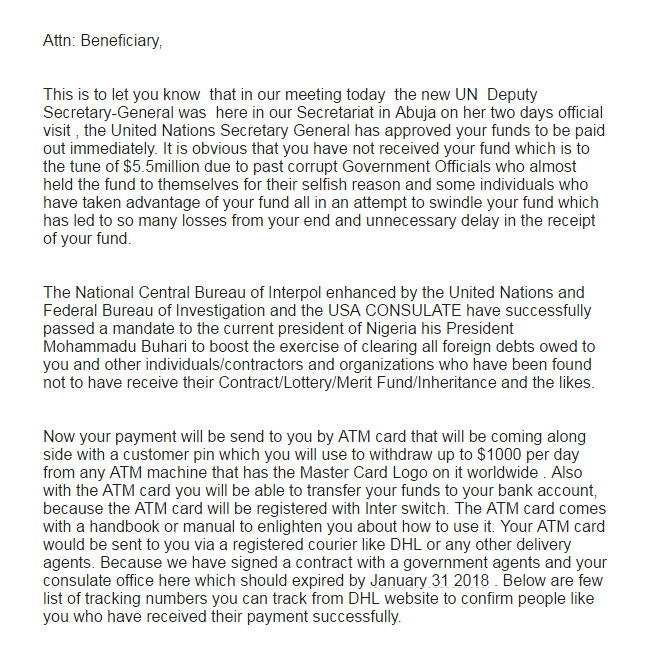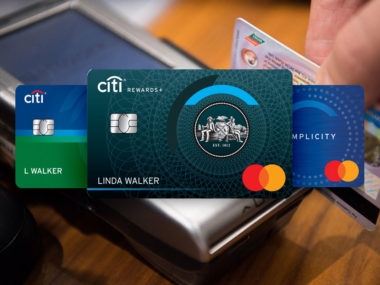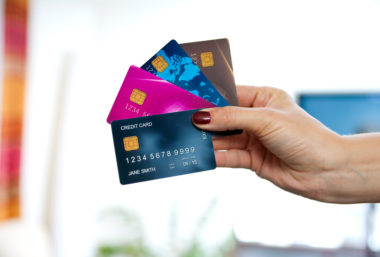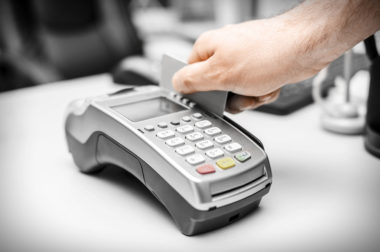Credit card fraud is unfortunately common. In comes in many forms, both digital and physical. Let’s look at some of the more common scam tactics, and how to protect yourself against credit and debit card fraud.
Table of Contents
Retailer Breaches
A couple months ago, you bought something at a store, thinking nothing of it — it’s something you do every day. Now, you’re checking your monthly credit card statement, and you see it: a small charge, maybe an iTunes $10 gift card, that you are sure no one with access to the account made. Correction: No one that you know has access to the account. This is a classic fraudster tactic, testing the card to see if it’s active.
How do credit cards get compromised? Often, it’s a company’s database. For example, in 2013, 40 million credit and debit card accounts were compromised when hackers gained access to Target’s database.
Often, after a company is hacked, credit card numbers are sold in batches on websites you won’t find in a Google search. From there, fraudsters go down a line of numbers in the batch, testing to see which cards still work – sometimes months after the hack itself happened. If a company is already aware of the hack, they will alert their customers to request a new card.
While this hack did not affect those who bought from Target’s online store, online databases are also subject to hack.
Processor Breaches
Similar to a merchant’s database being breached, the processor is the middleman for a merchant and the credit card issuer. As the name implies, they process the actual transaction. Processor breaches are relatively rare compared to merchant breaches, and it’s harder for banks to detect the source of the breach. Like merchant breaches, a large number of cards can be compromised at once.
It’s hard to protect yourself against both merchant and processor breaches, as it’s largely out of your hands. You aren’t in control of the database, so you hope the company’s security is up to snuff. What you can do to avoid both of these types of fraud, however, is regularly keep tabs on your credit card bill. Immediately report any irregularity to your lender. If the issuer offers a fraud alert, especially for free, take advantage of the service.
Skimming
Skimming can come in many forms. Usually, though, skimming is in the form of a device cleverly positioned over or alongside a magnetic strip reader, often at a gas pump or an ATM. The skimmer pulls the information from your card off the strip, copying it and either saving it, or transmitting the information via Bluetooth to a criminal nearby. The only way to prevent skimming is constant vigilance. While some criminals can blend the reader in well, others are fairly obvious due to their bulk.
However, as technology has advanced, criminals’ ingenuity has moved in lockstep. When credit cards started using Radio Frequency Identification, or RFID, to enable touchless “swiping,” criminals discovered they could wirelessly steal information. This extends to using a cell phone to pay in place with a credit card. While it allows you to just place your card or phone near a contactless reader and pay, the wireless signals can open your card or phone to thieves.
There is an additional concern: skimming in the restaurant industry. If the server takes your card into the back to run it, they may have a portable skimmer that they swipe your card through before giving it back to you, copying the information. Unfortunately, short of choosing a restaurant that has card readers out in the open, there isn’t much you can do to prevent this.
Thankfully, it has recently become harder for skimmers, as EMV chips are now more common. The chips, embedded in credit and debit cards, create a one-time code each time they are used for authentication. But, as with all technology, it is just a matter of time before criminals crack the code and have a workaround.
Stolen Cards
One easy way for your credit card to be compromised is for the physical card to stolen from your wallet or purse. Or, it may be a snatch-and-grab where said wallet or purse and everything in it is taken. In either case, the card itself is used, in person, rather than just the numbers online.
Fixing the situation means a call to the credit lender. Preventing it means ensuring your wallet or purse — or whatever you use to carry your credit card — isn’t stolen.
Advance Fee Schemes
Advance fee schemes, also known as the “Nigerian Prince” scheme, follow a certain formula. Usually, the fraud is perpetrated over email, though sometimes over the phone. You will be contacted by someone halfway around the world, who is either dying, or is the family member of a loved one who died. Money, usually an absurd amount in the millions, has been left to you. But, it’s locked away under local legal procedures, and they need a fraction of what you will receive, say $150, to unlock the money you are clearly entitled to.
They set you up with someone who claims to be from a bank, who will take your money, and then transfer your windfall. They may accept credit cards, or wire transfers – usually through Western Union.
Except, there is no windfall, both people emailing you are the same person, and it’s a scam to get $150 out of you.
The good news is that most of these don’t make it past your spam filter. The few that do, however, promise wild dreams while being riddled with spelling and grammar errors.
Imposters
Over the phone, however, it’s a bit different. Your grandson was jailed in Mexico, and needs funds to get out! He’s just got a cold, that’s why he sounds funny. Don’t call his parents! What’s your credit card number? Undoubtedly, your grandson is safe at home, playing video games.
Windows detected you have a virus, so we gave you a call! Note that they are not from Microsoft, the company, but from Windows, the actual software. They will walk you through commands that show errors — a scare tactic, but normal in the everyday processes of a computer — and then ask for a credit card number so they can install antivirus software. That software is likely malware, which will further record any sensitive information you input while using the computer.
Worse, this could also lead to identity theft, using the information they often request. Using this information, they could try to open a line of credit or forge documents, such as a driver’s license. Unfortunately, this could negatively affect credit. Learn more about credit scores at our credit score resource center.
These are just a few of the common credit card frauds and identity theft schemes. For the most part, being aware of what you are paying for, how you are paying it, and who you interact with will help prevent or catch fraud before it gets out of hand.
Looking for more tips and guides? Visit our credit card resource center. Are there other errors on your credit report? Visit our credit dispute letter template resource center for help contacting the credit bureaus.
Image source: https://www.flickr.com/







